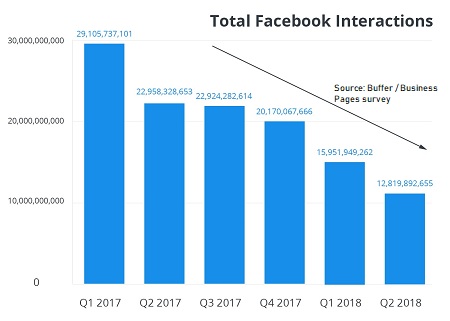Like most industries, the staffing industry is affected by a number of macro influences – the economy, the labor market, politics, technology advances and more. But unique to most other industries is the way the staffing industry relates to the economy, the labor market and many other areas – often being inversely successful.
Think about where we’re currently at from a labor perspective: unemployment is at rock bottom, wages are higher than ever and there are more jobs than people. This is great news for job seekers, but many staffing agencies may start behaving as if they’re in a recession – at odds with the rest of the economy when there isn’t a supply of highly qualified temporary, part-time or full-time employees. With this slack in the market now gone, staffing agencies and HR professionals alike will need to be more efficient, more competitive and more creative than ever before to attract and retain high quality employees.
As the CEO of a staffing services provider, I see four trends staffing agencies and recruiters will need to be mindful of in the coming months.
1. Recruiters are now marketers
Recruiters will need to be savvier than ever this year. Recruiting jobs now look more like sales or marketing roles with people being rewarded for being competitive, creative and results-driven. Want ads and “help wanted” yard signs may have worked in the past, but the future of recruiting is and will continue to look more digital and more social. Staffing teams need to master social media platforms and become mindful of where their audiences are spending their time and seeking new information and jobs. Facebook, for example, was still a novelty for young users just five or so years ago, but it is already becoming an older platform with user engagement reflecting that.
Like a marketer, recruiters will need to be mindful of prevalent and emerging platforms and technology that those entering the workforce now are utilizing, to best engage with their audiences where and how they are spending their time and attention.
2. Sophisticated technology becomes a necessity
The staffing industry is also exceptionally behind when it comes to technology. There are few industry verticals where the average age of technology is as old as it is in staffing. This presents a huge opportunity for companies to differentiate themselves and get ahead of their competition. Though it can be considered a costly investment, it can have enormous payoff and is one of the easiest ways to address many of the challenges that staffing agencies and recruitment teams face.
A late shift is taking place in this industry as mobile technology becomes more relevant. Smartphone technology is not new, but for low-wage workers, who make up a lot of the temporary workforce, it’s only been recently that it has been affordable. Today, smartphone penetration is largely complete. So, although the industry has been late to adopt and implement strategies to engage the workforce in a mobile and social way, there’s great opportunity to do so now.
Many staffing agencies are using legacy software platforms that don’t easily integrate with social media platforms. Staffing industries and businesses who leverage technology appropriately can achieve higher efficiency, bring back-office costs down, understand audience behavior, and measure and interact better with those they are trying to reach, making technology an investment that will pay dividends.
3. Company structures and financing experiencing major shifts
Mergers and acquisitions are taking place left and right in the staffing industry. Additionally, we’re seeing certain firms getting larger, not always as a reflection of business growth or immense success, but through the backing of borrowed money from venture capital firms. This works in a climate when demand is high and supply is readily accessible to fulfill those demands. But in the state of our industry in 2019, we may see some of that money run out or some of those companies tip over. As wages go up, and competition drives staffing markups down, margins will be thin – again, at odds with the rest of the economy.
4. Policies and regulations change
Other factors will certainly come into play in 2019 as well – from politically driven influences such as deregulation to broader economic shifts in specific industries such as manufacturing. As factors that are out of businesses’ hands change, it will be more important now than ever to ensure diligence when it comes to compliance and efficiency. From immigration to taxes and everything in between, taking time to understand the policies and regulations will be imperative, and it may be worthwhile to tap into experts for advice or even to outsource back-office needs to provide peace of mind.
Regardless of the industry or jobs being filled, 2019 will present great challenges and great opportunities for staffing agencies and teams to become more savvy in their search, better engaged with their audiences through relevant digital channels and more efficient and creative with their approach. The more all industries can embrace change and work to find unique solutions for the challenges these trends present, the more successful companies and the economy as a whole will be this year and beyond.
